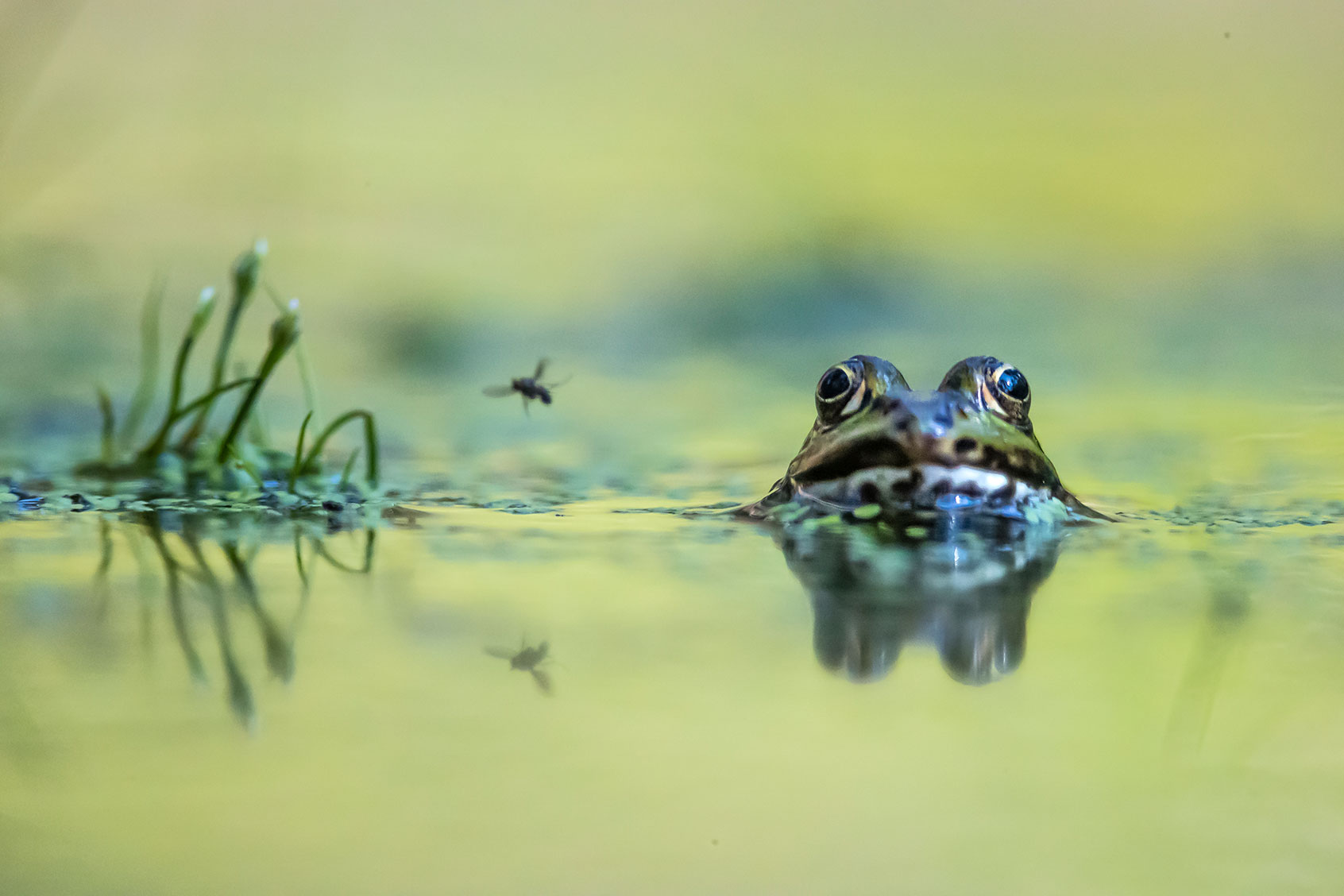The Supreme Court opened its new session Monday by hearing oral arguments in a case that could roll back protections for more than 50 percent of the nation’s wetlands and thousands of other federally regulated bodies of water.
The suit, Sackett v. EPA, challenges a definition at the heart of the Clean Water Act, a landmark 1972 law that prevents the discharge of hazardous substances – from oil and chemicals to rock and sand – into the “navigable waters of the United States.”
The lawsuit was filed in 2007 by a couple in northern Idaho who bought a soggy lot near a lake and began filling it with sand and gravel to allow construction on a new home. Their plans were stalled after the Environmental Protection Agency, or EPA, and Army Corps of Engineers showed up and informed them that the land may be subject to Clean Water Act protections because it contained a wetland.
Rather than apply for a permit to carry out the development, Michael and Chantell Sackett filed suit against the EPA, challenging the federal government’s ability to dictate development decisions on their property.
Historically, the EPA has interpreted “waters of the United States,” popularly known as WOTUS, to mean any body of water that may exert a significant influence on a larger water source. That has included marshland and “ephemeral” streams, those where water flows for just part of the year. Some 59 percent of the nation’s streams are ephemeral, and they are particularly important in the Western United States, where water supplies are already scarce.
A year before the Sacketts purchased their plot of land on Priest Lake in Idaho, the Supreme Court heard Rapanos v. United States, a suit brought by a developer who wanted to build a mall on top of a wetland in central Michigan. The court was ultimately divided in the case, with justices split 4-1-4 over how to characterize the scope of the Clean Water Act’s protections. The definition of WOTUS has been up in the air ever since – becoming fodder for political partisanship and additional lawsuits.
In 2020, the Trump administration revised the definition of WOTUS to exclude isolated wetlands and ephemeral streams. The environmental watchdog Earthjustice subsequently sued the EPA on behalf of six tribes and won, thereby repealing the new definition.
“Property owners should be able to stand on their property and be able to tell if a water is federal or not without hiring outside professionals,” former EPA administrator Andrew Wheeler said in 2019.
Damien Schiff, the Sacketts’ attorney, used the same argument yesterday when he claimed that his clients’ property should not be subject to federal protections, since its waters do not directly empty into a larger body of water. Justice Ketanji Brown Jackson, the court’s newest addition, emphasized that such reasoning does not align with Congress’ goal of protecting “traditional navigable waters,” which may be substantially impacted by wetlands even if those wetlands are not visibly connected to the larger water source. Even some of the court’s conservative justices appeared skeptical of the plaintiffs’ argument, with Justice Brett Kavanaugh asking Schiff why seven different presidential administrations did not agree with his proposed definition of WOTUS.
Recognizing the challenge associated with the Clean Water Act’s vague language, and the likelihood that other legal suits will arise in the future, the Biden administration set out last year to revise the definition of “waters of the United States” to reflect current scientific consensus. Environmentalists have criticized the Supreme Court – with its new conservative supermajority – for agreeing to hear the Sackett’s case before the agency publishes its official definition.
The case comes on the heels of West Virginia v. EPA in June, in which the court substantially limited the environmental agency’s authority to regulate greenhouse gas emissions.
“We are seeing the culmination of a long-term campaign to transform the court from an institution that protects real people, into one that serves deregulatory industry interests,” Sam Sankar, Earthjustice’s senior vice president for programs, said in a press release. “If the court uses the Sackett case to roll back Clean Water Act protections, that will demonstrate the breadth of its deregulatory agenda and the threats to our environmental laws.”
The court will issue its final decision on Sackett v. EPA next year.


